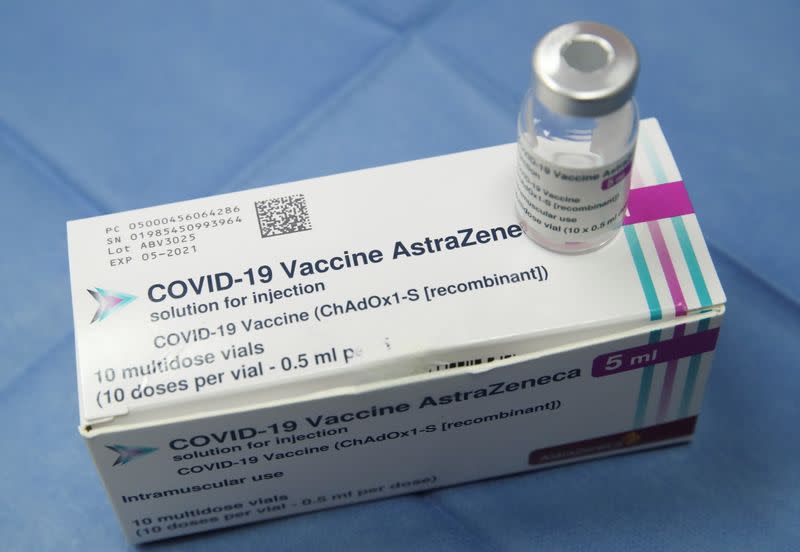GENEVA (Reuters) – The World Health Organization (WHO) on Monday listed Oxford University’s AstraZeneca and COVID-19 vaccine for emergency use, expanding access to the relatively cheap vaccine in the developing world.
“Now we have all the parts ready for the rapid distribution of vaccines. But we still need to increase production,” Tedros Adhanom Ghebreyesus, director-general of WHO, told a news conference.
“We continue to ask developers of the COVID19 vaccine to submit their dossiers to WHO for review while submitting them to regulators in high-income countries,” he said.
A WHO statement said it had approved the vaccine produced by AstraZeneca-SKBio (Republic of Korea) and the Serum Institute of India.
“In the first half of 2021, it is expected that more than 300 million doses of the vaccine will be made available to 145 countries through COVAX, pending delivery and operational challenges,” said the British pharmaceutical in a separate statement, announcing the approval.
The UN health agency’s listing comes days after a WHO panel provides tentative recommendations on the vaccine, saying that two doses with an interval of about 8 to 12 weeks should be administered to all adults and can be used in countries with the South African variant of the coronavirus as well.
The WHO review concluded that the Astrazeneca vaccine met “mandatory” safety criteria and that its effectiveness benefits outweighed its risks.
COVAX SHARING PROGRAM
The AstraZeneca / Oxford injection was hailed as being cheaper and easier to distribute than some rivals, including that of Pfizer / BioNTech, which was listed for emergency use by WHO in late December.
Nearly 109 million people have been infected with the new coronavirus worldwide and more than 2.5 million have died, according to a Reuters count. Infections have been reported in more than 210 countries and territories since the first cases were identified in China in December 2019.
The AstraZeneca vaccine represents the majority of doses in the COVAX coronavirus vaccine sharing initiative, with more than 330 million doses of the vaccine due to start being distributed to the poorest countries from the end of February.
WHO has established its emergency use list (EUL) process to help the poorest countries, without their own regulatory resources, to quickly approve new drugs, diseases like COVID-19, which could otherwise lead to delays .
The COVAX Facility, which is co-led by GAVI, the World Health Organization, the Coalition for Epidemic Preparedness Innovations and the United Nations Children’s Fund, said the doses would cover an average of 3.3% of the total population of 145 participating countries.
(Reporting by John Revill, John Miller, Michael Shields in Zurich, Kate Kelland in London, additional reporting by Nandakumar D, edition by William Maclean)
